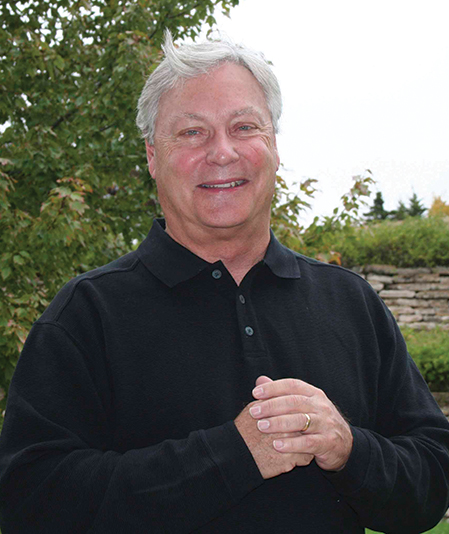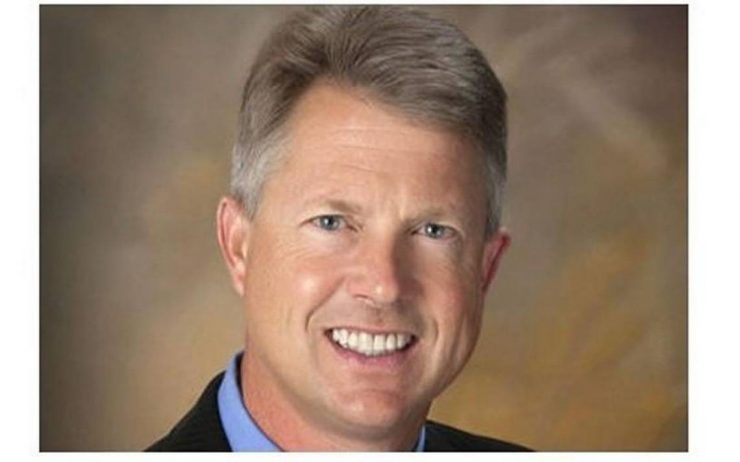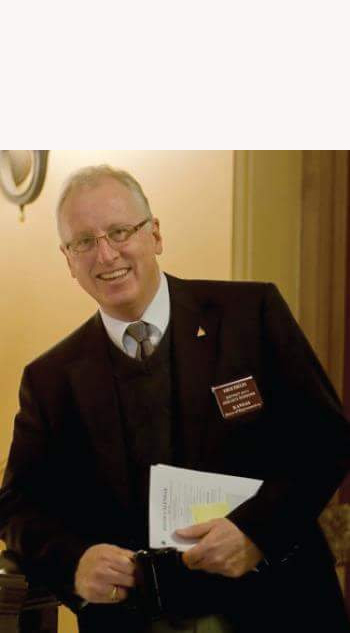
It takes a scrap to cut taxes? In a year when the House and state level officers fight for re-election? How can this be?
As lawmakers work to finish the budget with apparently ample money to take care of most of the needs of the state ranging from aid to K-12 schools, to leaving a dab more money in the Kansas Department of Transportation budget, to catch up with what have been reduced payments to social service providers to care for the poor…the Legislature is hesitant to cut Kansans’ income taxes.
There are some reasons for excessive scrapping over tax cuts.
The Consensus Revenue Estimate, which is the state’s official benchmark for just how much money the state will have to spend for the remainder of this fiscal year and next fiscal year, gave legislators a bonus. Hundreds of millions of dollars to spend.
That official estimate? Over the next several years a bonus of about $533 million. Sounds good, doesn’t it?
Most of that money is going to be spent on K-12, on social services, on catching up on budget cuts the past several years. Overall, not a bad effort by lawmakers so far.
But election-year tax cuts? Well, that got complicated quickly after the federal government cut income taxes for most Americans. We know that the federal government is going to be taking less money from Kansans in taxes, but nobody is very certain how much and when Kansans will start stuffing those bucks into their wallets.
And…the issue quickly narrows to the federal government, for most Kansans the expanding of the federal standard deduction leaves more money for Kansas to tax. The less you pay to the feds, the more money that shows up on your Kansas adjusted gross income that the state will levy taxes against. You pay it there or you pay it here is how that goes
So…the first thing Kansas conservatives say is that we figure out just how much the federal government cut your taxes, and we figure out a way to let you keep it.
They make the point that they didn’t vote to raise your taxes, but it’s going to look a lot like that if the state just looks the other way and watches an estimated $100 million a year roll into the State General Fund—by increasing the amount of your money Kansas will tax—without doing anything unpleasant as it did last session when lawmakers raised state income taxes in a series of votes that are likely to show up on thousands of campaign ads, TV and radio ads and those little palm cards, that show up wedged into that gap where your screen door hitches up to the door frame.
So far, moderate and liberal lawmakers have consistently said that the additional state revenue that the federal tax cuts sparked ought to be spent on more aid to schools, expanding services available to the state’s poor, highway repair…well, just about everything that sounds nice and like a responsibility of the state Legislature.
The conservatives generally say the state can raise taxes if it wants but shouldn’t just coast on the additional revenue that the federal tax cuts cause. “What? Where’d that new money come from? Must have found it on the sidewalk?” is the way those conservatives tend to characterize the new revenue.
What’ll happen? Will there be a Kansas income tax cut? We’ll find out this week.
Syndicated by Hawver News Company LLC of Topeka; Martin Hawver is publisher of Hawver’s Capitol Report—to learn more about this nonpartisan statewide political news service, visit the website at www.hawvernews.com



























